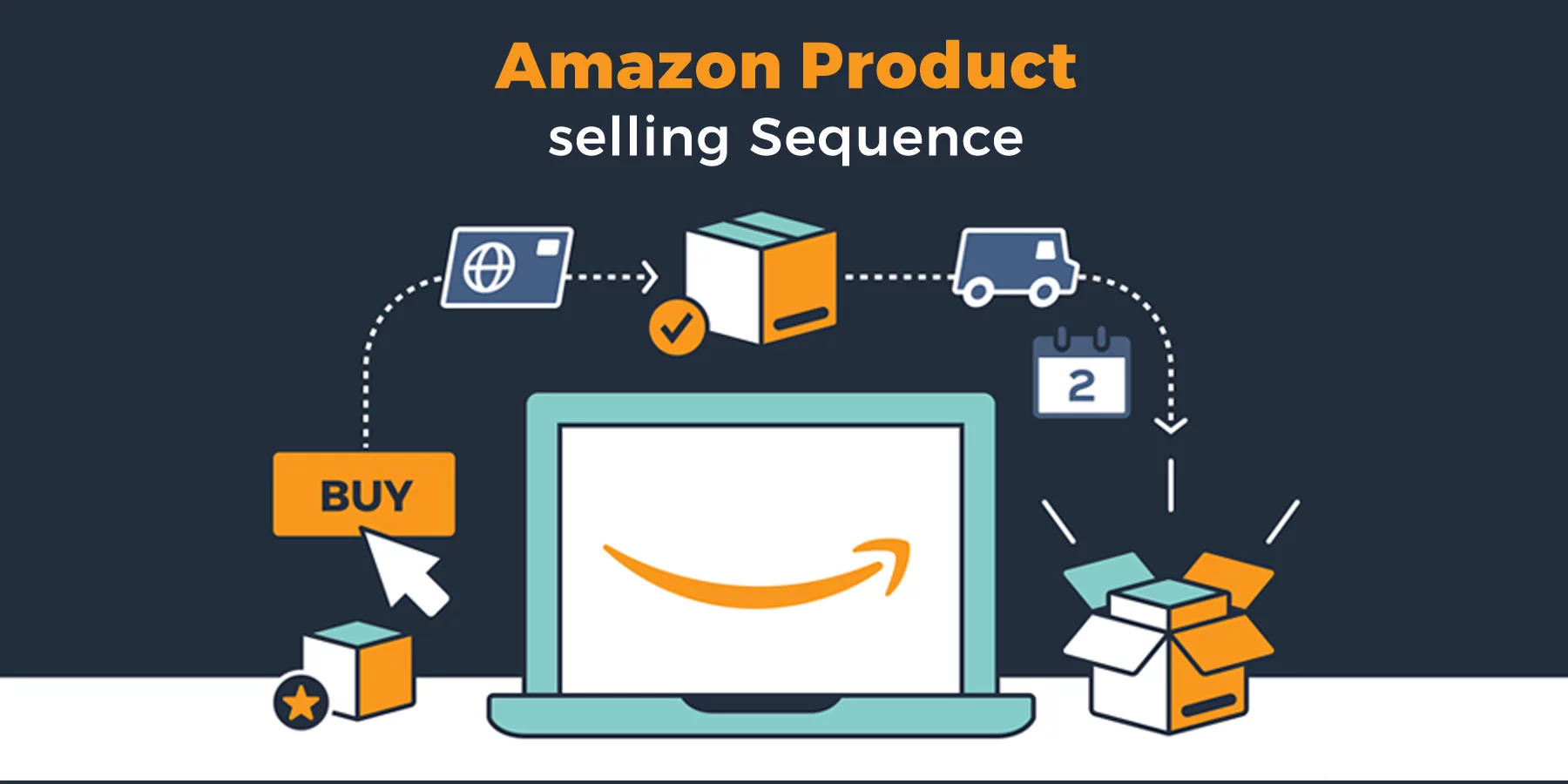Sell on Amazon
Introduction
Welcome to the exciting world of selling on Amazon Canada! As one of the largest e-commerce platforms globally, Amazon provides a unique opportunity for sellers to reach millions of customers. In this comprehensive guide, we’ll take you through the essential steps to kickstart your Amazon Canada business successfully.
The Amazon Advantage
At Amazon, the customer is at the center of everything we do. As a seller, you play a crucial role in providing customers with a wide variety of goods, better selection, competitive prices, and an exceptional shopping experience. Whether you’re a Fortune 500 company or an artisan crafting handmade goods, Amazon offers a retail destination for all, connecting sellers to hundreds of millions of eager shoppers.
In April 2019, Amazon Canada reported that over 30,000 Canadian small and medium-sized businesses collectively exceeded $900 million in sales on Amazon.ca stores in 2018. Additionally, 45% of these businesses expanded their reach by exporting products to the US, Europe, and the rest of the world.
Getting Started: How to Register
Before delving into the selling plans and fees, the first step is to register on Amazon.
- Individual Plan:
- Ideal if you sell fewer than 30 items a month.
- Suitable if you’re still exploring products and don’t need advanced tools.
- Cost: CDN $1.49 per item sold.
- Professional Plan:
- Recommended if you sell more than 30 items a month.
- Provides access to APIs, advanced selling reports, and special programs.
- Cost: CDN $29.99 per month, regardless of the number of items sold.
You can switch between plans at any time based on your business needs.
Understanding Amazon Selling Fees
Amazon charges various fees depending on your selling plan and the types of products you offer.
- Subscription Fees:
- Professional Plan: Flat fee of $29.99 per month.
- Individual Plan: $1.49 fee per item sold.
- Selling Fees:
- Include referral fees (a percentage of the selling price) and variable closing fees (for media categories).
- Shipping Fees:
- Professional sellers can control shipping rates, while individual sellers using self-fulfillment follow Amazon’s rates.
- Fulfillment by Amazon (FBA) Fees:
- If you opt for FBA, fees cover order fulfillment, storage, and optional services.
Navigating Seller Central
Once registered, Seller Central becomes your go-to resource for managing your Amazon business. Key functions include inventory management, generating business reports, monitoring seller performance metrics, and seeking support through the Case Log.
Listing Your Products
To sell on Amazon, you need to create product listings. The process varies based on your selling plan:
- Professional Sellers: Can list products in large batches using bulk uploading or third-party inventory management.
Essential information for each product listing includes a Global Trade Item Number (GTIN), such as a UPC, along with details like SKU, product title, description, images, and keywords.
Crafting a Successful Listing
A well-optimized product listing is crucial for success. Follow these best practices:
- Ensure descriptive titles (max 200 characters).
- Use high-quality images (500 x 500 or 1,000 x 1,000 pixels).
- Consider variations for products with different colors, scents, or sizes.
- Create concise and compelling bullet points highlighting key features.
- Understand the importance of the “Buy Box” and the role of other sellers offering the same product.
Fulfillment Options: Choosing the Right Path
Decide between self-fulfillment (merchant-fulfilled) and Amazon’s fulfillment service (FBA).
- Merchant-Fulfilled: You handle inventory and shipping. Amazon charges shipping rates passed on as a credit.
- Fulfillment by Amazon (FBA): Amazon manages packaging, labeling, and shipping. Utilize Amazon’s extensive infrastructure for storage.
Managing Your Amazon Business
After making your first sale, it’s essential to monitor and optimize your business. Pay attention to key performance metrics:
- Order Defect Rate: Keep it below 1%.
- Pre-fulfillment Cancel Rate: Aim for less than 2.5%.
- Late Shipment Rate: Keep it under 4%.
Customer reviews are vital for your business. Understand the right ways to encourage reviews and avoid policy violations.
Utilizing Amazon’s Growth Tools
As your business matures, explore opportunities for growth:
- Advertising: Leverage Amazon’s advertising solutions, including Sponsored Products, Sponsored Brands, and Amazon Stores.
- Promotions and Coupons: Attract customers with money-off deals, free shipping, or buy one get one free offers.
- Global Expansion: Take advantage of Amazon Global Selling to reach customers worldwide.
- Amazon Business: Tap into the B2B market by enrolling in Amazon Business.
FAQs and Additional Resources
Q: Is Amazon right for my business?
A: Yes! From household brands to emerging businesses, sellers of all sizes thrive on Amazon.
Q: What are restricted product categories?
A: Some product categories require additional qualifications and approvals. Sellers can request approval from within Seller Central.
Conclusion
Congratulations on embarking on your Amazon Canada selling journey! This guide serves as a foundational resource, but remember, ongoing learning and adaptation are key to success in the dynamic world of e-commerce. Explore Seller University, stay informed about Amazon policies, and embrace the growth opportunities that come your way.
Sign up for your Amazon seller account now and start shaping the future of your business!


3 thoughts on “How to Sell on Amazon and Grow your Own Business”